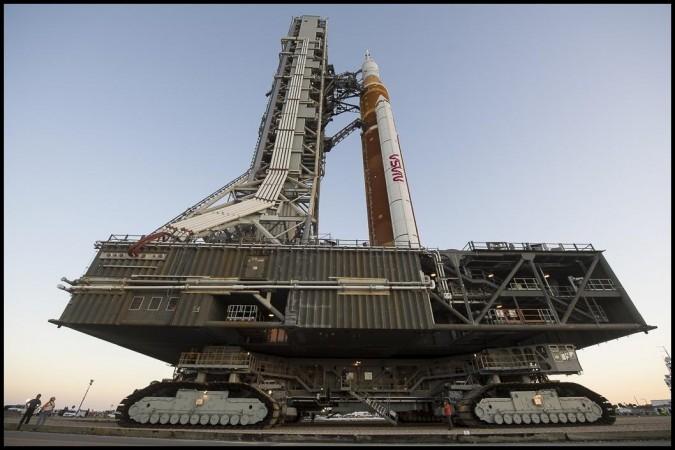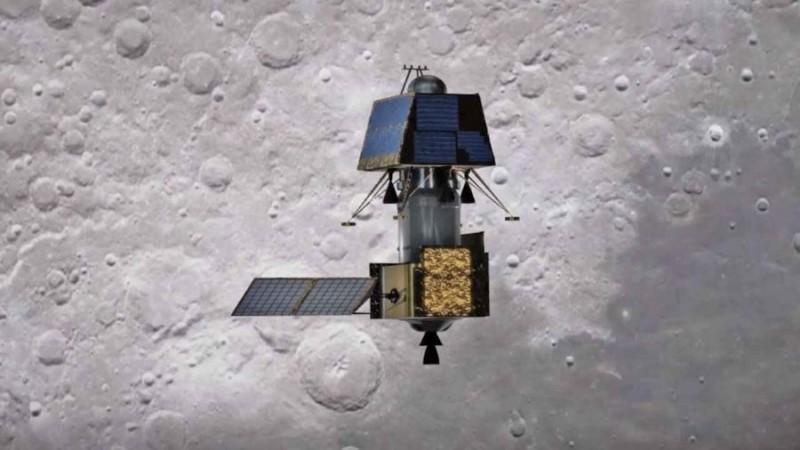Everyone's going to the Moon. Well, at the moment, six nations to be precise are all set to set foot on the Moon next year; Japan, South Korea, Russia, India, The United Arab Emirates and The United States. No lesser than seven missions are headed together by these countries, along with several collaborations and partnerships by the private sector. The sudden burst of everyone's interest in Moon is not hard to fathom.

Moon - The most popular destination in the Solar System
The basic human curiosity underlines every such mission taken in history. However, there is more to the sudden interest of nations than plain science, knowledge and curiosity. Given that Moon is accessible and cheaper than ever before, it is an opportunity for the nations to mark their presence, establish superiority and flaunt their technological prowess. As a collective effort, whenever the missions launch they aim at exploring and understanding Moon better and provide streams of data.
NASA's Artemis programme
Starting with NASA's US$93-billion Artemis programme. All set for its maiden launch this year, the programme brings astronauts many steps closer to understanding Moon better.

High hopes from South Korea's KPLO
Of all the missions planned and scheduled, the science community is reportedly, particularly enthused about South Korea's Pathfinder Lunar Orbiter (KPLO). Chae Kyung Sim, a planetary scientist at the Korea Astronomy and Space Science Institute in Daejeon, South Korea, says, "KPLO is the first step to secure and verify Korea's space exploration capability and obtain new scientific measurements of the Moon," reported the Nature. KPLO is expected to stick to its schedule of August launch. It'll reportedly, will orbit 100 kilometres above the lunar surface and operate for one year.
Japan aims high with precision landing
Japan's SLIM (Smart Lander for Investigating the Moon) has been in news since 2015 now, stoking astronaut community's interest and anticipation. SLIM is scheduled to launch sometime later this year. The mission aims at precision landing and will be country's first attempt to the Moon.
Will India get it right this time?
It is very unlikely that the missions depart from Earth as scheduled and even if they do, there is no guarantee of their success. And who knows this better than India, whose last lunar mission Chandrayaan-2 managed getting its spacecraft into orbit back in 2019 but its lander and rover crashed while trying to land. The same year, in August, Israel's lander Beresheet also crashed into the surface. Moving on, this year India's Chandrayaan-3, the nation's third such attempt, is currently officially slated for August launch.

About Russia ...
The country's ongoing war against Ukraine, is very likely to delay its July launch, where Russia's Luna-25 lander will be its first attempt to land on the surface of the Moon, after Soviet Union's lunar mission in 1976. Let alone delay Russia's plans, the war in Ukraine is likely to affect other countries' expeditions too.
United Arab Emirates---the first timer
UAE joins the list of those nations on their first lunar mission. Its rover called Rashid is scheduled to launch later in 2022. Rashid will be carried to the Moon's surface on a lander developed by ispace and a rocket developed by SpaceX in California.
Researchers' paradise
Research, funds and collective efforts is what's driving all the nations suddenly on a trip to Moon. Till not very long ago, no human had been to the Moon since 1972 and only twelve people, all American men had done it. Goes without saying, if the missions scheduled for this year succeed, it'll lead to more frequent missions, more data and ready access to the lunar surface. Clive Neal, a lunar geoscientist at the University of Notre Dame in Indiana says, "These expeditions will enable much more than research on the Moon alone, because Moon is the gateway to the Solar System, especially for human exploration," reports the Nature.
Why six countries at a time?
Joint missions to the Moon build both international cooperation and competition. Despite the 1967 UN Treaty, which has over 100 countries as signatories, saying that no country is allowed to own the Moon, it is still seen as unclaimed territory. Each mission undertaken has thrown up new research about both the Moon and the Earth. For instance, the fact that Moon has minerals, water ice and other organic compounds.
Why Moonrush could lead to more conflict
With so many unresolved political and geographical conflicts on Earth itself, it is but expected that human race is all set to take its war elsewhere in the Solar System. Lunar resources are limited, easily accessible than ever and have a large number of nations and corporates competing for it. Which is why a study published in The Philosophical Transactions of the Royal Society, predicts that Moon rush may end up creating new political and economic tensions and even conflicts. The study has been conducted by an international team of researchers led by the Harvard Smithsonian Center for Astrophysics.

















